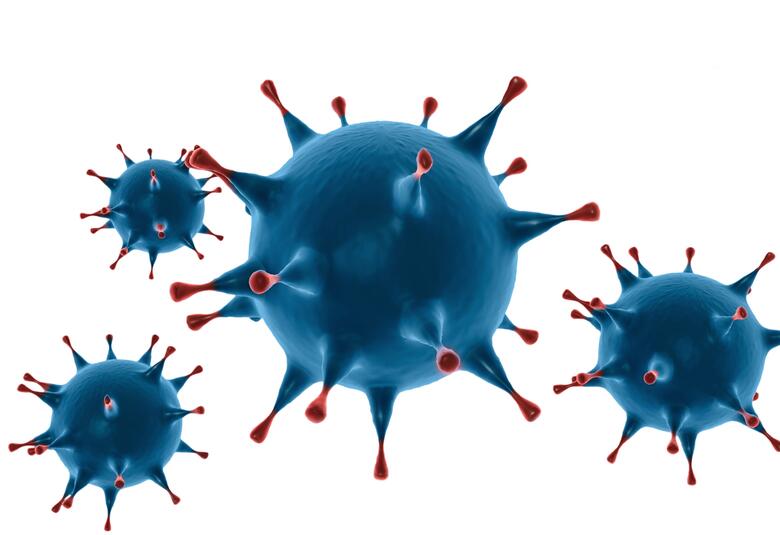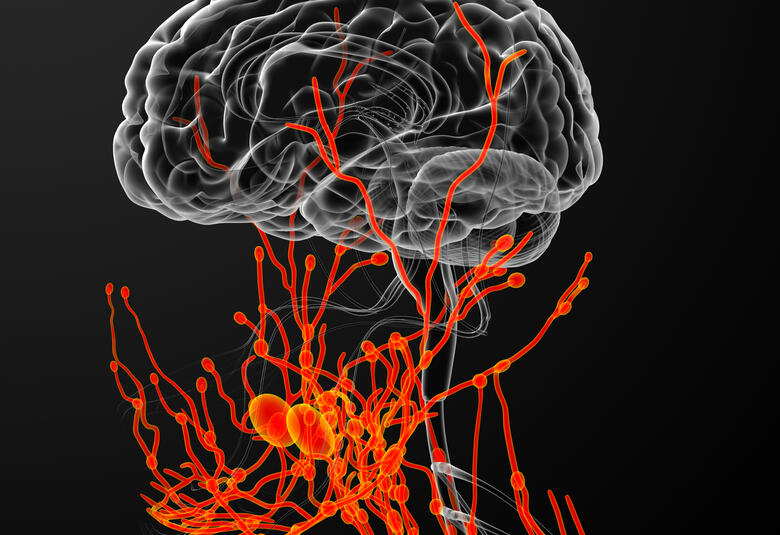At the EPA 2017 symposium on autism spectrum disorders, the latest approaches being employed to dive into the neurobiology of this complex disorder were presented.
Psychotic-like experiences in autism
Dr Marinos Kyriakopoulos, King’s College London, highlighted the clinical and cognitive overlaps between autism spectrum disorders (ASD) and schizophrenia, as well as some common neurobiological characteristics.
Historically, autism and schizophrenia were considered to be related diagnostic entities. In 1911, Bleuler described ‘autism’ as a symptom of schizophrenia. In 1980, autism and schizophrenia were separated into different diagnostic categories in DSM-III. In the fact, the term ‘autism spectrum disorders’ is fairly new - coined by Allen in 1988 (Pina Camacho 2016).
The term ‘autism spectrum disorders’ is fairly new.
Dr Kyriakopoulos described the overlapping features of phenomenology between ASD and schizophrenia - including flattened affect, psychomotor abnormalities, and deficits in higher-order social cognition. ASD and schizophrenia also show common cognitive deficits.
He presented a study of the first empirically derived classification of children with ASD in relation to psychosis, based on three underlying symptom dimensions - anxiety, social deficits and thought disorder. These dimensions are included in the Multiple Complex Developmental Disorder Research criteria. In an in-patient sample of children, both ASD and psychotic-like ASD groups were identified. Hallucinations were only experienced in the psychotic-like ASD group (11/43 children, 26%). His data show that 70% of children with psychotic symptoms go on to receive a diagnosis of ASD. The clinical boundaries and overlapping pathophysiology of ASD and psychosis are clearly relevant.
Iceberg ahead!
Prof Tanja Sheldrick-Michel, University of Southern Denmark, described ASD as an iceberg: we see in part, but most remains hidden. She pointed to the importance of neurobiology. To treat effectively, we need to understand the underlying mechanisms. This also helps to destigmatize mental health. Multidimensional research strategies may have a lot to offer, Prof Sheldrick-Michel told us.
Described ASD as an iceberg: we see in part, but most remains hidden.
Building bridges
Prof Sheldrick-Michel introduced us to Brain Research InterDisciplinary Guided Excellence (BRIDGE) - which aims to close the gap between clinical expertise and science. Using patient cohorts’ biobanking, ‘multi-OMICS’ and imaging to generate big data, it is envisioned that disease-specific multi-dimensional biomarkers could be identified. This would allow us to identify patients, individualize treatment, prevent and even cure.
Autism and depression - a common neurobiology
In Denmark, cohorts show significant comorbidity with depression in adults with ASD. Prof Sheldrick-Michel suggested that there may be a common neurobiology of autism and depression - perhaps due to oxidative stress and neurotrophic factors.
Tin-man?
The tin-man in the Wizard of OZ, who laments ‘if only I had a heart’, reminds Prof Sheldrick-Michel of many of her patients with ASD. They want to feel, but struggle to understand the emotions of others. She has identified neuronal correlates of impaired perspective taking and emotion recognition - particularly hyperactivation in patients’ cortico-limbic system. When recognizing emotions, patients with ASD have to think harder and longer, and use different parts of the brain compared to healthy controls.
Brain organoids
Prof Sheldrick-Michel is using brain organoids - derived from patients’ induced pluripotent stem cells - as relevant cellular in vitro platforms to investigate the mechanisms of ADS pathology. Studying these ‘mini brains’ at different time points in their development will give us a picture of the disease dynamic, she explained. This exciting approach may open the door to personalized medicine in this field.
Different trajectories in brain development
Prof Paolo Brambilla, University of Milan, Italy, described recent findings in developmental connectivity in children with ASD. Voxel-based morphometry and diffusion weighted imaging were used to study 20 children with ASD, and 20 typically developing children. This study showed that in ASD there is fronto-parietal dysconnectivity and an altered trajectory of white matter maturation. He proposed that these may be potential neurodevelopmental markers of ASD.
A study of gray matter correlates of language development in 28 children with ASD suggested a coupling between gray matter parietal volume and delayed language, as well as white matter parietal volume and motor development.
These studies point to atypical brain maturation in ASD.
In a recent study, Prof Brambilla and colleagues looked into gray matter morphology in ASD. This study included 211 children with ASD, and 143 healthy controls. The preliminary results suggest a key role of the insular cortex during maturation. This may be the cause of altered emotional processing in ASD. They also saw altered maturation of the left orbitofrontal cortex, higher intracranial volume in early childhood, and slower intracranial volume maturation rate.
All these studies point to atypical brain maturation in ASD. There appears to be altered connectivity between the corpus callosum, temporo-parietal cortex, and the limbic system. Prof Brambilla urged that future longitudinal studies should investigate the brain connectivity trajectory as it relates to social, cognitive and language deficits.
Our correspondent’s highlights from the symposium are meant as a fair representation of the scientific content presented. The views and opinions expressed on this page do not necessarily reflect those of Lundbeck.





